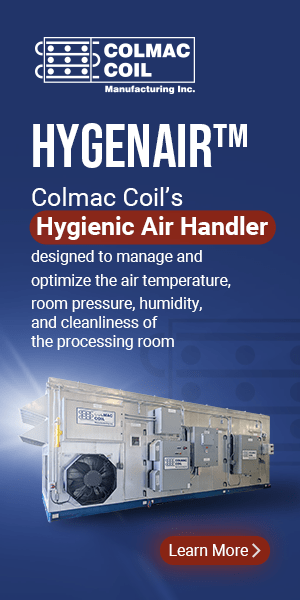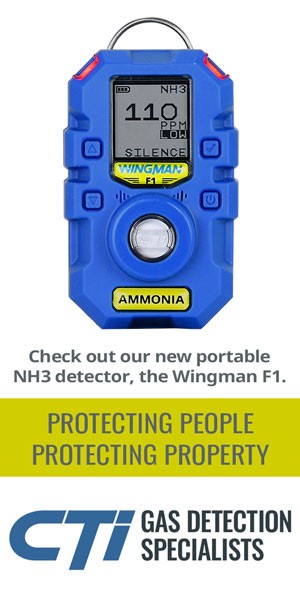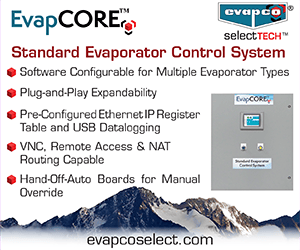Pressure Vessel Replacement Considerations
The most critical tion. You want to make sure you have issue for a safe design is for operators to ensure that the pressure, temperature and capacity of their replacement vessel meets or exceeds what the vessel will need to handle in both the short term and long term.
Tony Lundell, director of safety and standards at IIAR
To help owners and designers, including a site’s in-house refrigeration operators and technicians, in their decision-making process, Tony Lundell, Director of Standards and Safety at IIAR, hosted a webinar on the subject, covering several questions that they should ask themselves when evaluating their specific needs.
“Overall, these pressure vessel replacement considerations will help in your review to achieve a safe design while getting the most integrity for the least cost,” Lundell said, adding that the considerations can also improve communications with manufacturers and help in defining the equipmentspecification requirements that are needed now as well as in the future.
Lundell said the most critical issue for a safe design is for owners to ensure that the pressure, temperature and capacity of their replacement vessel meets or exceeds what the vessel will need to handle in both the short term and long term.
“Keep in mind, if you’re going to reuse the vessel, plan now to have it ready for the long-range pressure and low-temperature requirements for the future system since it is going to be considered for another system in a few years down the road,” Lundell said.
“Another consideration is the size, type and quantity of nozzle connections on the replacement pressure vessel for overpressure relief protecThe most critical tion. You want to make sure you have enough nozzle capacity for pressure relief discharge flow to protect the vessel that you are going to operate the system at in the future on the long-range plan and, of course, on the short-range plan.”
“I’d hate to have you put a vessel in and then five years later, production changes or the site changes and the vessel will not meet the requirements, and you have to replace it with a different vessel.”
Tony Lundell, director of safety and standards at IIAR
Having the replacement vessel sized and installed now for both present and future loads is better than paying for another vessel and its associated installation costs later, Lundell explained. “Avoid putting a vessel in now and then five years later, due to production load changes, be forced to replace the vessel in order to meet new and different safe design requirements. This would be an added expense that can be avoided with proper long-range planning,” Lundell said.
During the webinar, Lundell covered 12 specific pressure vessel replacement considerations. They are:
How long will this replacement pressure vessel need to operate once installed?
What is the minimum design pressure and the lowest operating temperature of the system that the replacement pressure vessel will be operating under once installed?
Will this new pressure vessel be considered for future use on a different system that has a higher minimum design pressure and/or a lower operating temperature?
Will this new pressure vessel be carbon steel and/or subject to an environment that could result in external corrosion?
Should you install a horizontal or vertical replacement pressure vessel?
Should the heads of the pressure vessel be hot-formed or stress-relieved after cold-forming?
What size, type and how many vessel nozzle connections should be installed for over-pressure relief protection?
Should a new pressure vessel be dual-stamped when purchased?
What information will be provided on the pressure vessel nameplate?
Should Non-Destructive Testing inspection ports be installed now, when it is being insulated, so they are available for the first NDT testing?
Does the pressure vessel need to be insulated?
When the pressure vessel is shipped, do you need to assure it is internally and externally protected?
Lundell offered insight into each of the considerations during the webinar, which members can access via the IIAR member website in the member’s only section.













